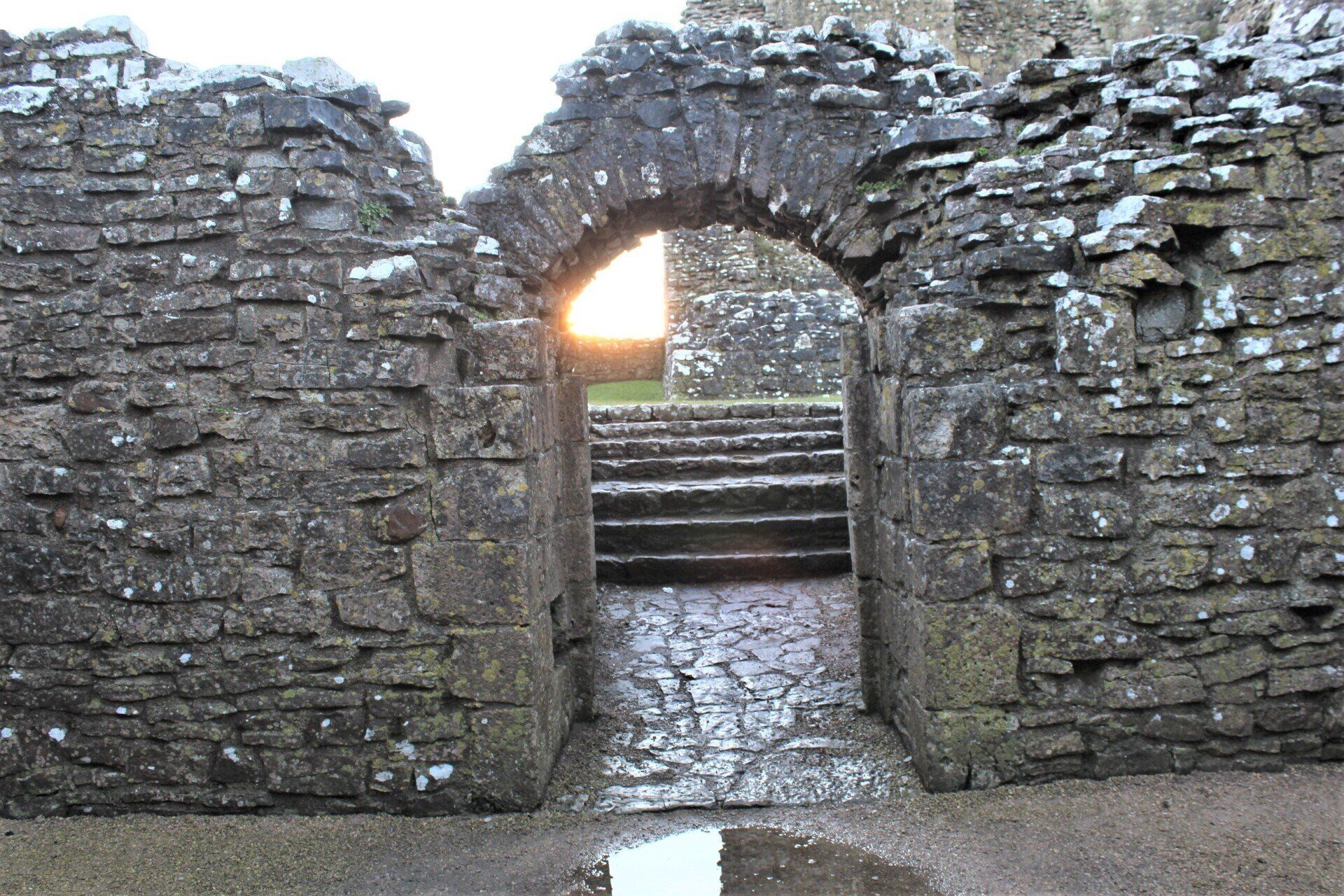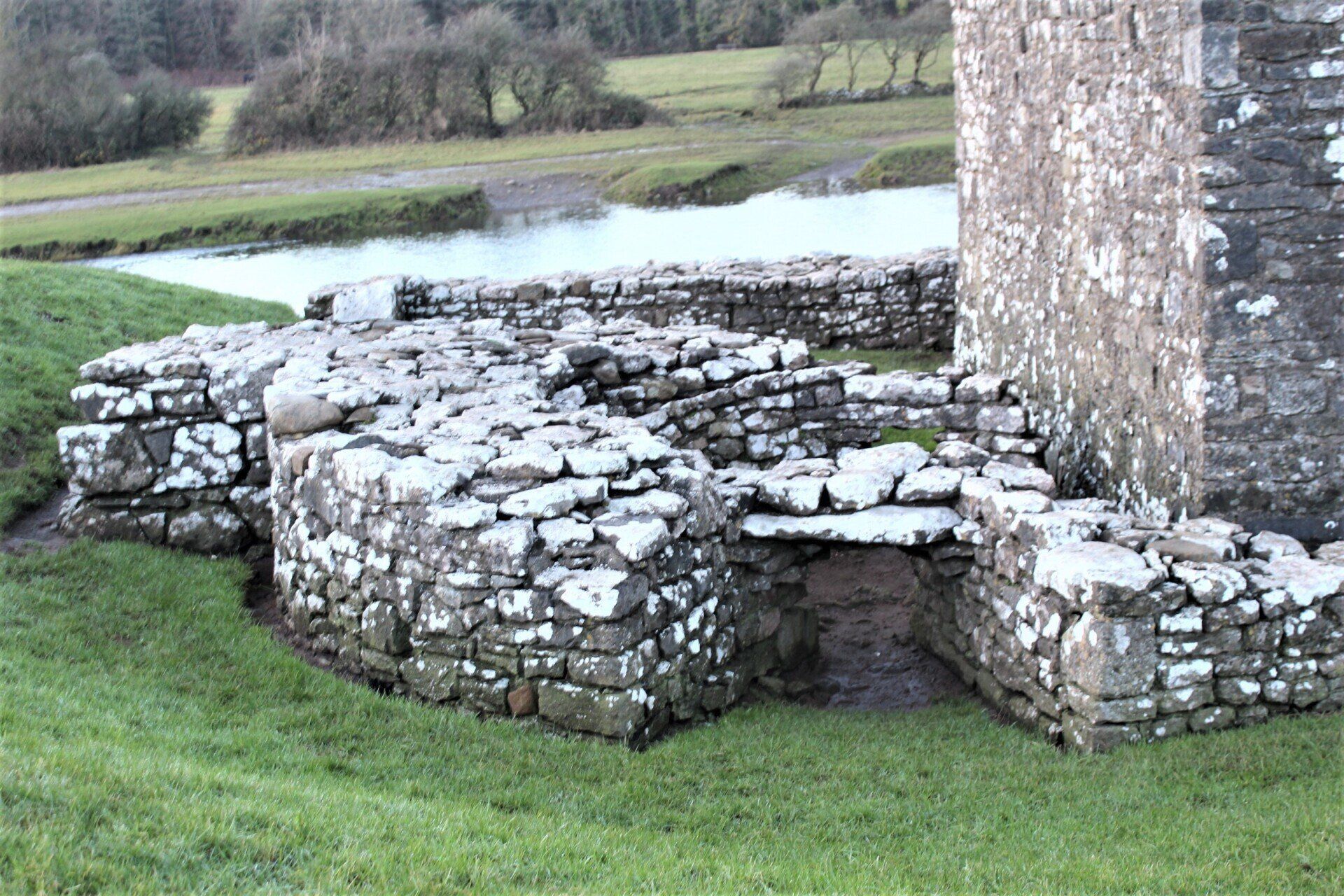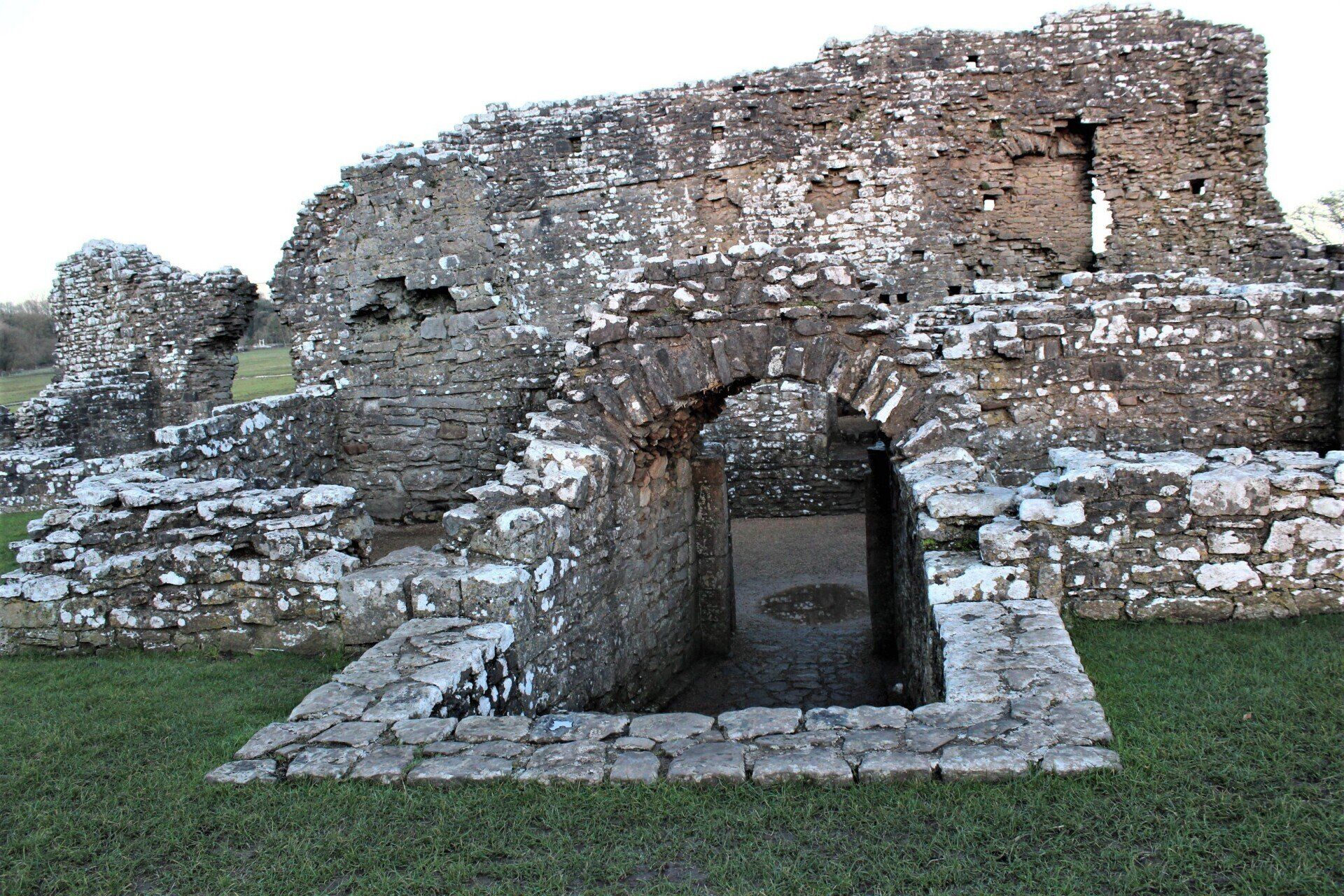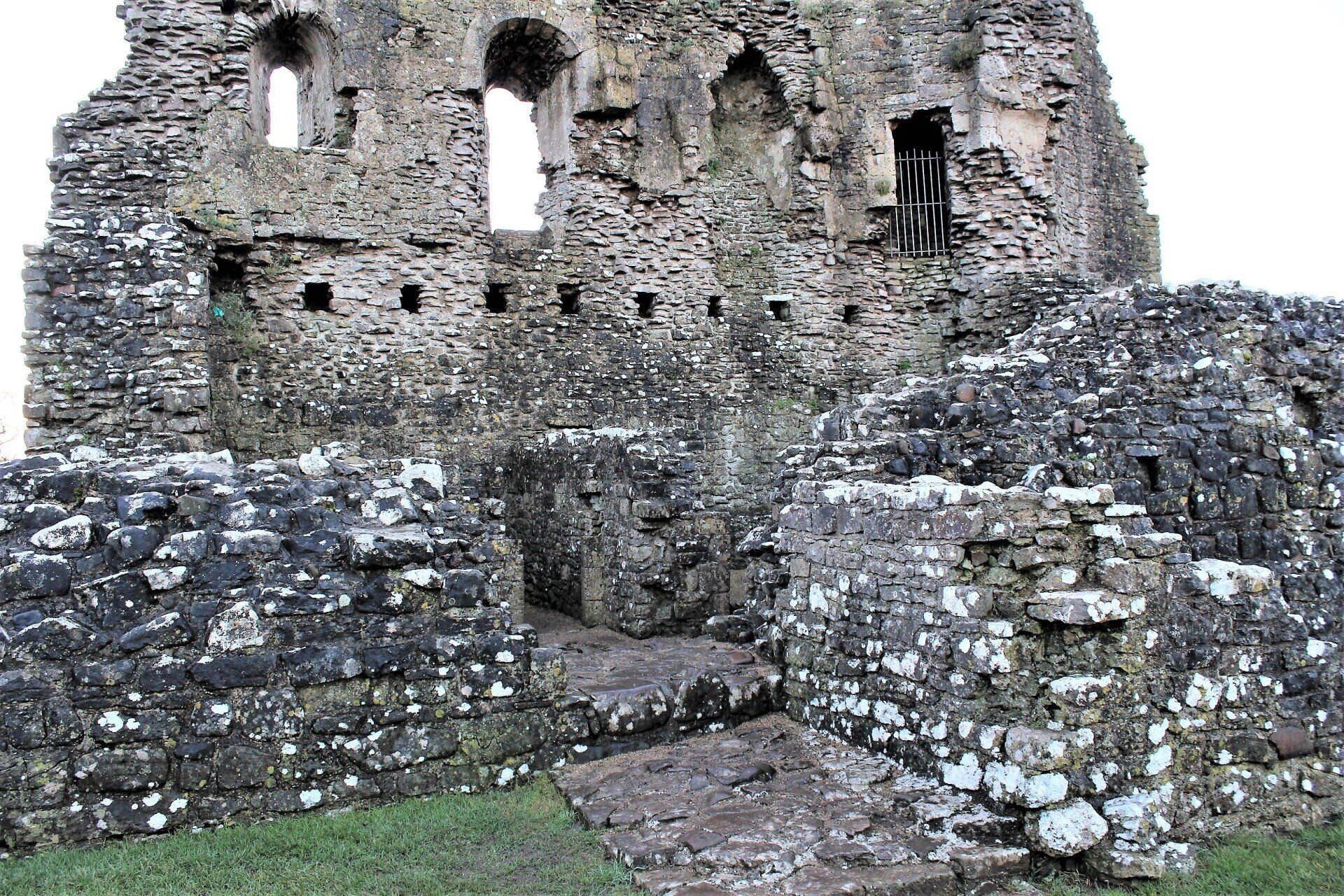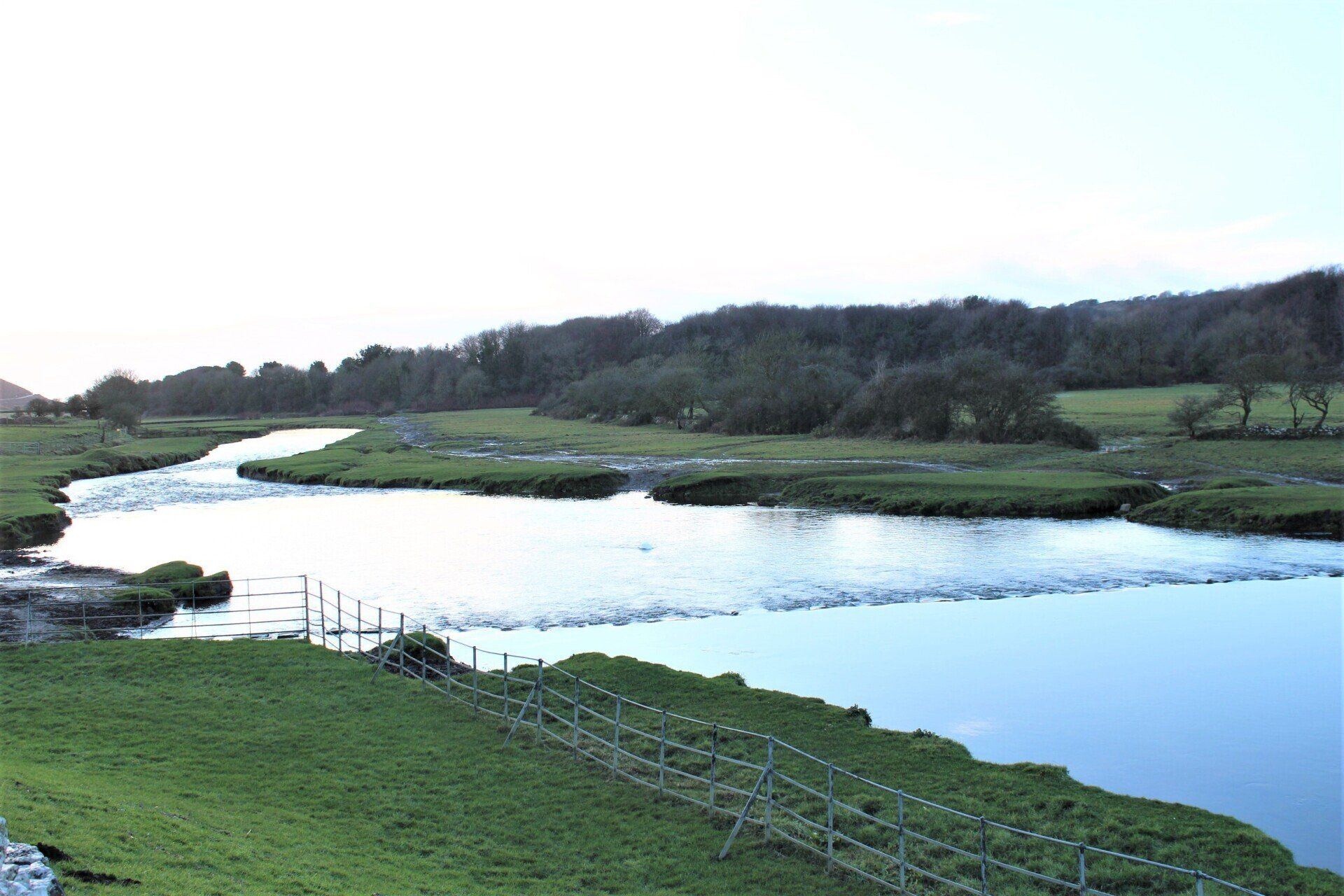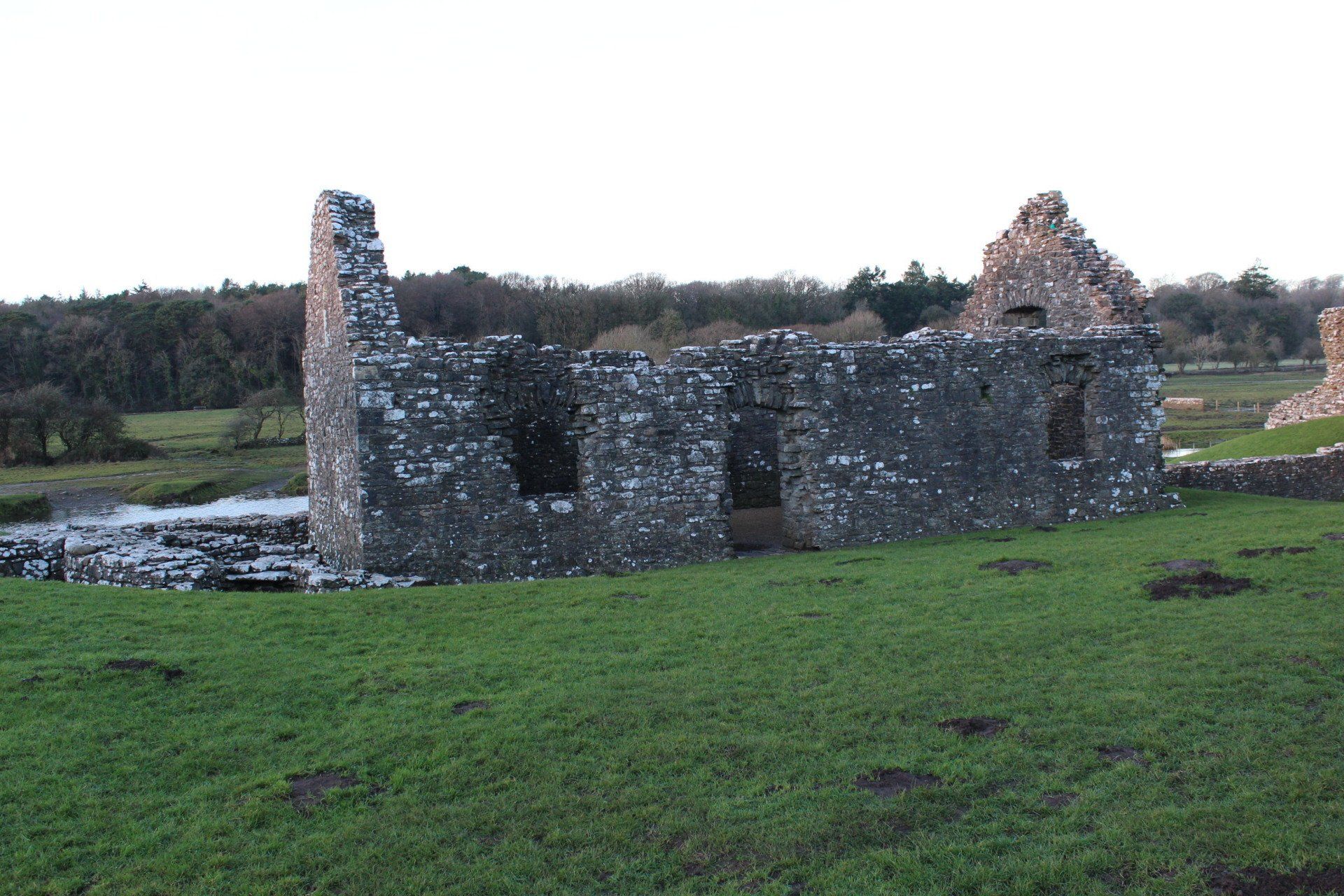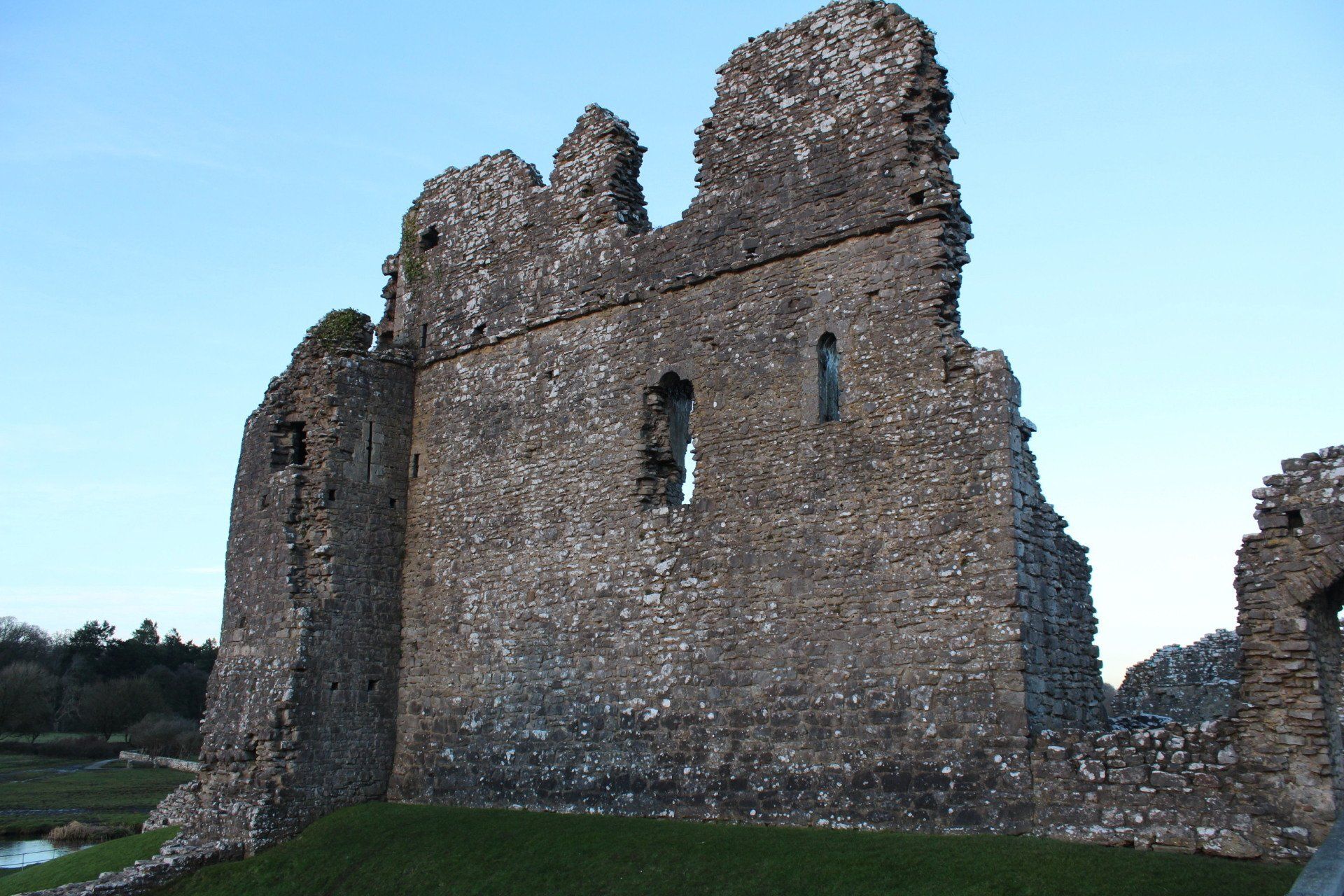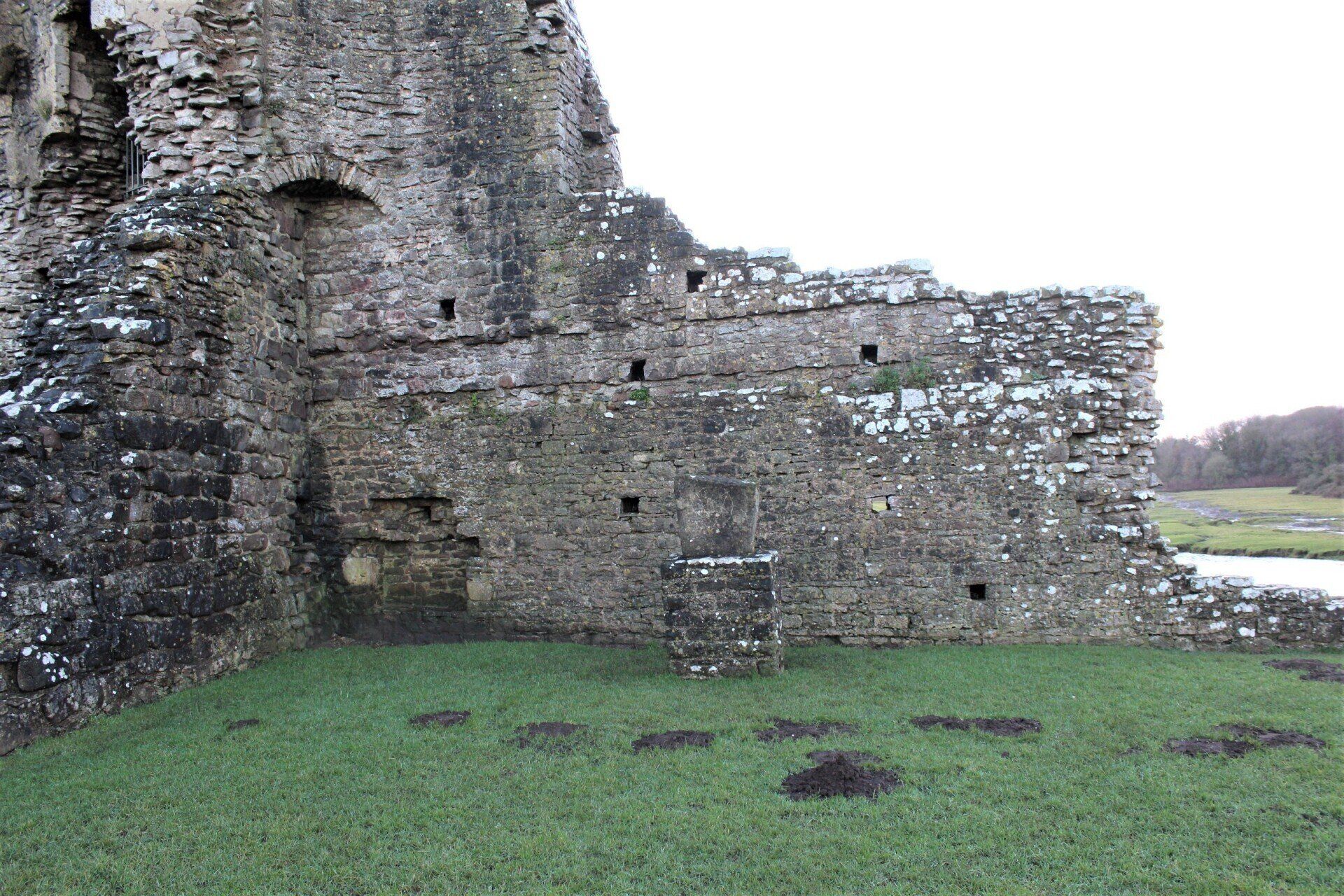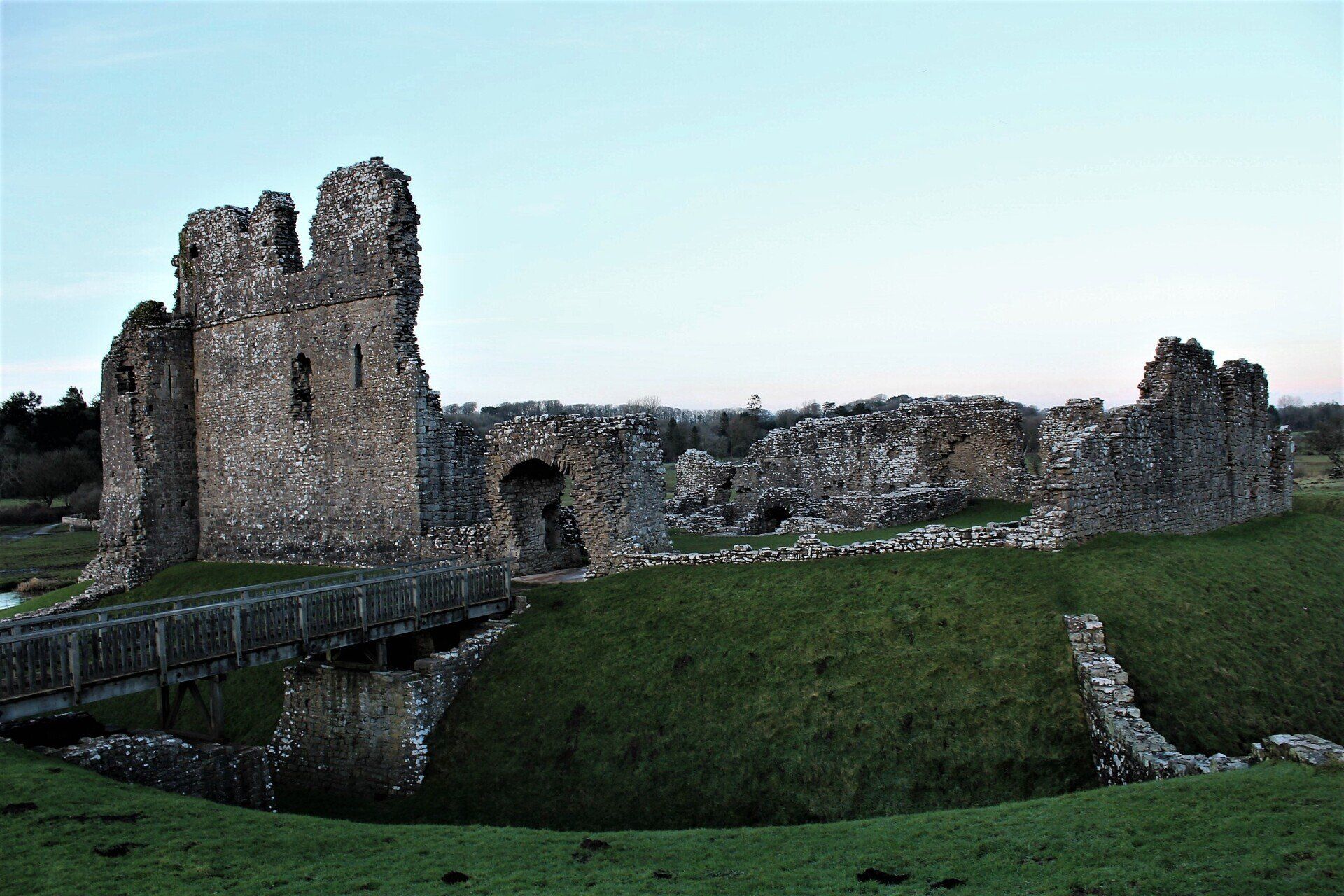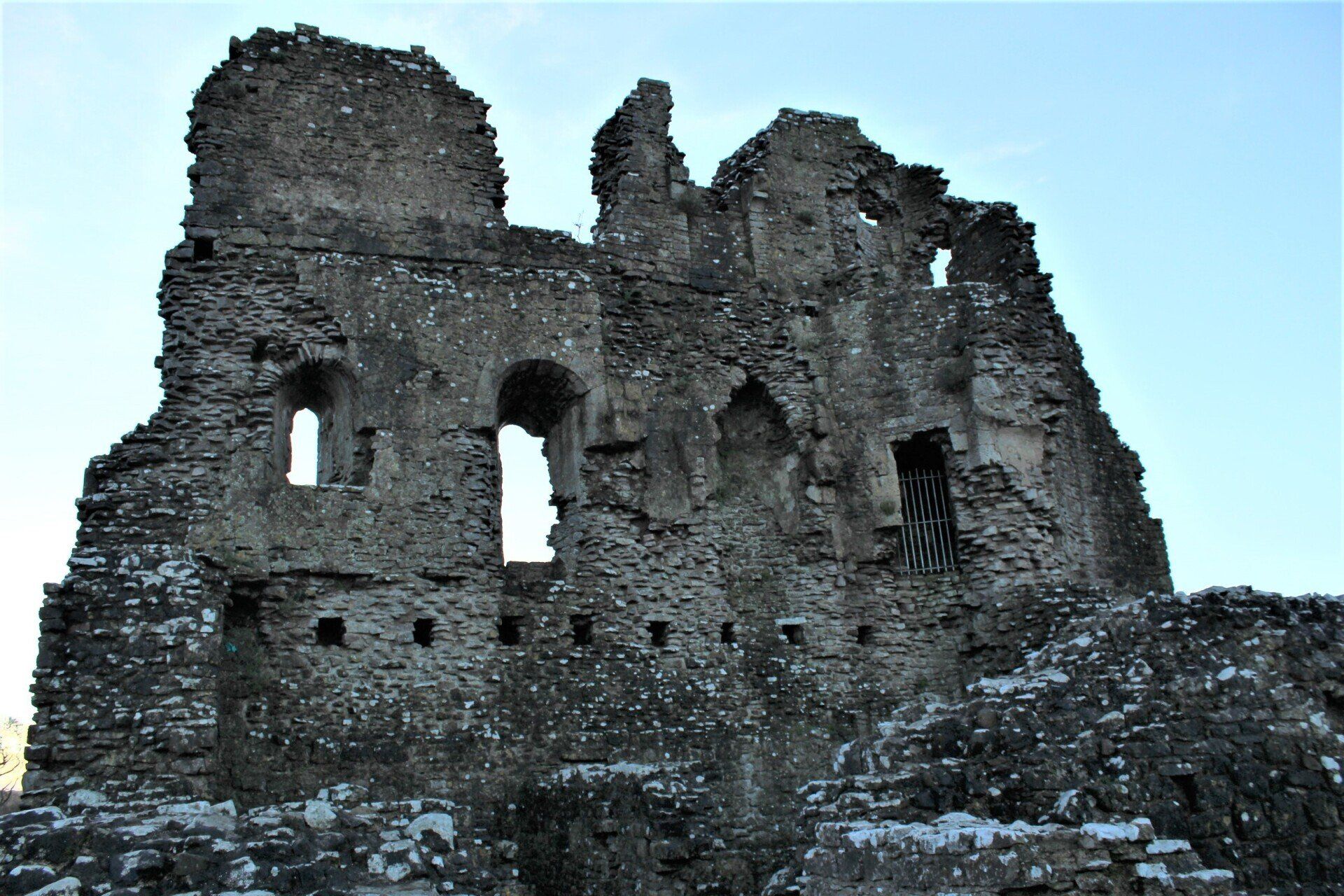Laleston
A Village Full of HistoryOgmore Castle
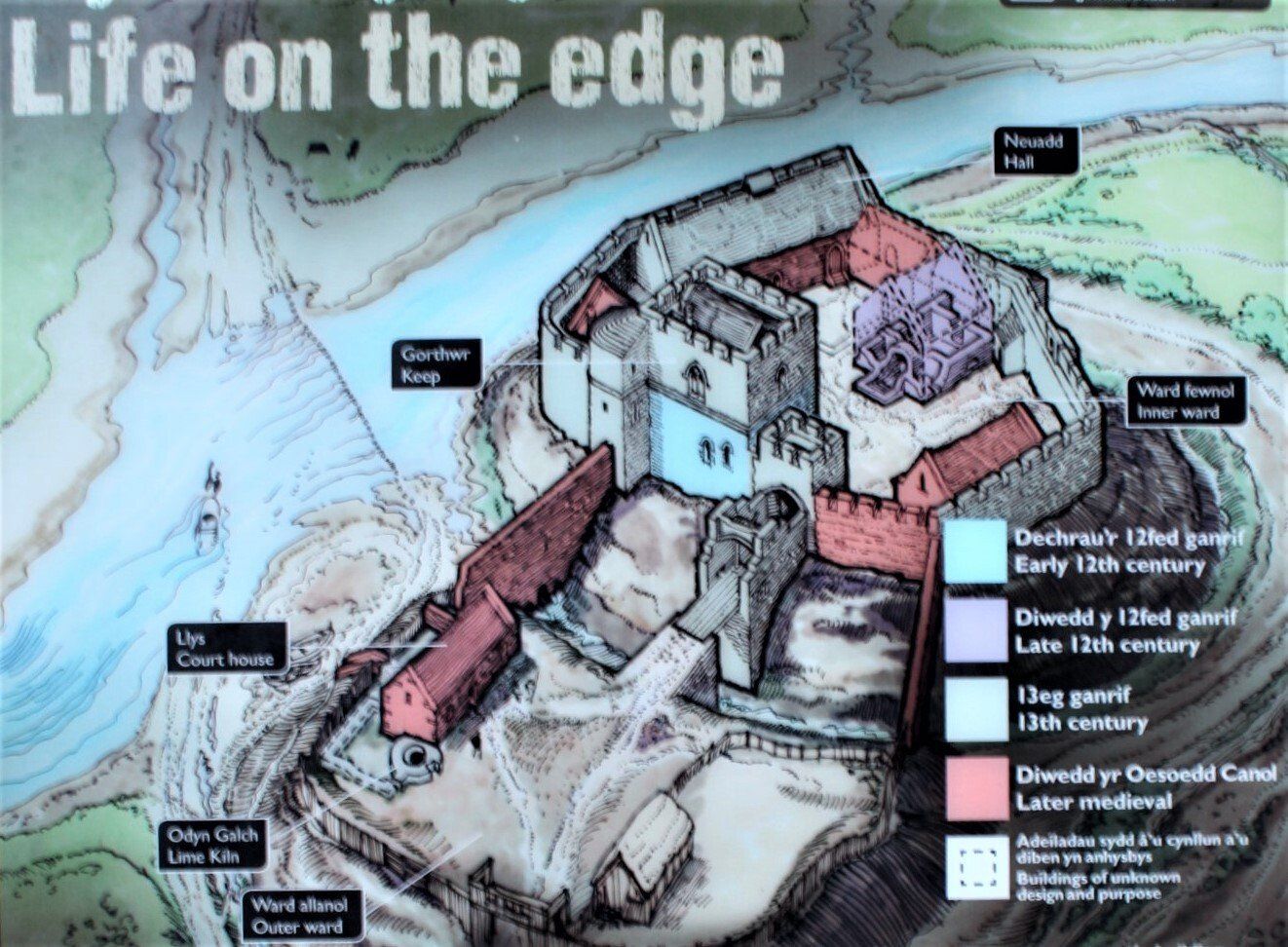
William de Londres, builder of Ogmore Castle was an adventurer, one of a band of Norman knights who followed their warlord on the conquest of Glamorgan. William's reward was land; rich lowland farms and pasture, making him and his successors wealthy.
Following the conquest of England in 1066, the Normans created a buffer zone along the welsh border known as the Welsh Marches. Its leaders, the Marcher lords, had special authority from the king to steal land from the Welsh rulers and rule it as they pleased.
King William II gave his close friend Robert fitz Hamo permission to invade south Wales in the 1090's
The attack destroyed the Welsh kingdom of Morgannwg, and created the lordship of Glamorgan.
According to Tradition Robert was helped by twelve nights, including William de Londres. They shared in the spoils, leaving Glamorgan's landscape peppered with their castles. Ogmore, along with Newcastle and coity Castle stood guard over their western frontier. A boarderland so dangerous that even a religious site, Ewenny Priory, founded by William de Londres was fortified; suitable for saints and soldiers.
Norman conquest meant Castle building. Soon after 1100 William de Londres built Ogmore Castle out of earth and wood, to defend the frontier of newly captured territory, it developed into the impressive heart of a great estate of a wealthy Norman Lord.
Newly taken land needed to be settled quickly. The Normans would build and earth embankment topped with a wooden palisade to surround the wooden buildings inside, often replaced with stone later. In Glamorgan they were usually circular 'ringworks', Ogmore had two, represented today by the inner and outer wards.
Ogmore, on the banks of the river Ewenny, faced hostile territory. In 1117 it was threatened by a Welsh Lord trying to recover his land. In response the castle was strengthened with a stone keep, the oldest to survive in Glamorgan.
The Normans pushed West and by 1150 Ogmore was no longer on the front line, but due to it's wealth and supply of good stone, building continued for 300 year.
By 1400 the Lordship of Ogmore had past to the Dukes of Lancaster, who had become Kings of England. Ogmore was no longer the centre of the world and a slow decline began.
